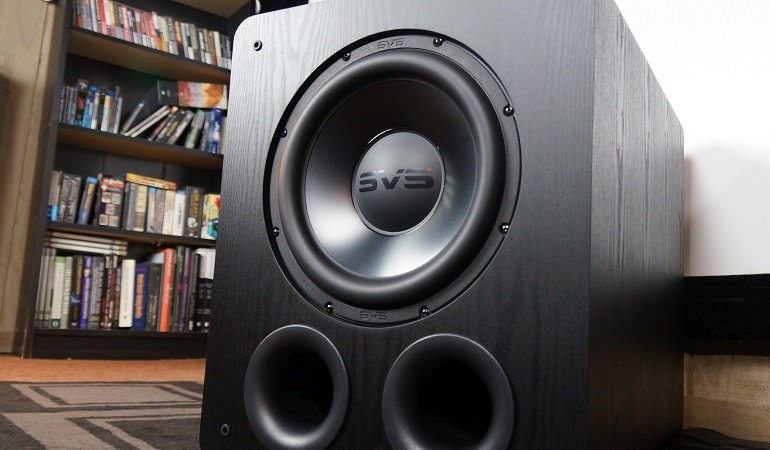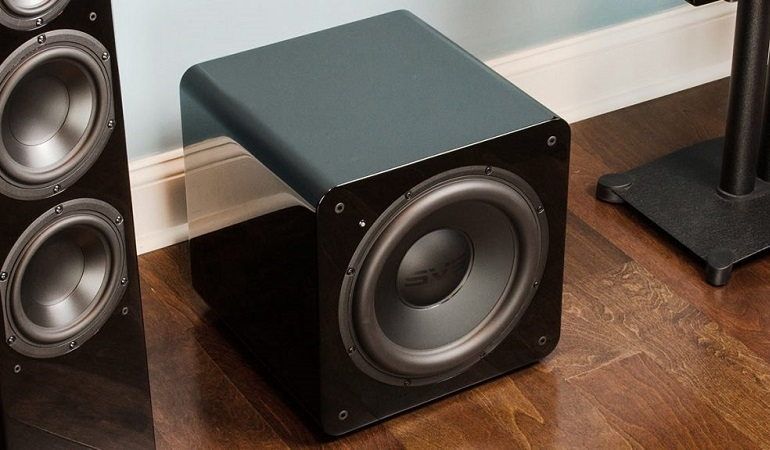by Joshua Thomas
There is no shortage of opinions regarding the debate on which one is better between ported and sealed subwoofers.
Additionally, there are many misconceptions on the matter, such as the notion that sealed subwoofers are ideal for music and ported ones are great for home theatre.
Ported subwoofers include one or more ports on the box to allow air to escape, while the sealed types are enclosed in a smaller box. Each type has its merits and demerits, which should guide you when deciding which option to buy.


Ported subwoofers have a more sophisticated design compared to the sealed models. Besides the woofer, they include one or a couple of ports. These ports provide venting that allows air to escape the box.
Since there are two different mechanisms moving air out of the subwoofer box (the woofer and ports), these systems provide a bigger and louder sound. Ported subwoofers move a lot of air, which fills up massive rooms with sound. Hence, just one is often enough to cover large spaces, where you might otherwise need two or more sealed subwoofers.
The ports on a ported subwoofer ensure you need less power to get to the same bass level as a sealed subwoofer in the lower frequencies. Better still, these subwoofers provide low-frequency extension as some models can go all the way down to 10Hz, which is great when watching TV and movies as it picks up the super low bass outputs.
Another advantage of the low-frequency extension you get with the ported subwoofers is that it will be better for certain types of music with subsonic bass frequencies such as techno. And the room-filling bass delivered by the ported subwoofer, regardless of the drive size, is hard to beat with a sealed model.
For the shortcomings, the subwoofers are massive, which means they will not only take up more space but are also less-décor friendly as they stick out. These subwoofers are easy to bottom out by playing frequencies below what they are rated for, eventually damaging the driver.
Pros:
Cons:

Sealed subwoofers have their front or rear surfaces packed in a box. This setup allows the subwoofer to be put in a small box for better integration with any space as it has minimal impact on the decor since it does not stick out as much as the ported types.
Because no port needs tuning on the sealed subwoofers, they are generally easier to build than the ported ones. These subwoofers are also more straightforward in design as they consist of only a driver, enclosure, and amplifier. Here the driver is responsible for 100% of the output you get from this setup.
As the air inside the sealed chamber acts as a shock absorber to allow the subwoofer to move back and forth with better control, these types produce the low frequencies more accurately.
Overall, they are more articulate and tighter than the ported ones, which means they have a better transient response as they can start and stop on a dime, making the music tighter.
The audio output you get with a sealed subwoofer has a flatter response over its frequency range, which means that all the bass and other low frequencies sound more even and level. There are no lows and peaks, making things like room correction more straightforward.
Users also love that sealed subwoofers are harder to bottom out as most have filters to prevent very low frequencies. Hence, you can be sure of getting a longer driver service life with these subwoofers.
However, they will not have that low-frequency extension you get from ported subwoofers, meaning you can miss out on most of the subsonic bass. Also, they have a more challenging time filling up a large room with sound, so you often have to use several of them. And they require more power to get to the same level as ported subwoofers.
Pros:
Cons:
The choice between the ported and sealed subwoofers is not always that obvious, as it mostly boils down to your preferences and the room size you have.
If you have a vast space, a ported subwoofer is your best bet as it delivers more bass and higher output than you would get from one or even a couple of sealed subwoofers. Also, ported is your best option if you want something that hits low-frequency notes as the sealed types hardly get low enough unless you have several of them.
For a 2-channel system and those looking for tight and more articulate bass, the sealed subwoofer should serve you well. Sealed subwoofers also make the best choice if you prefer something more compact with a small footprint.
 |
 |
 |
 |

About Joshua Thomas
Joshua Thomas just simply loves cars and willing to work on them whenever there's chance... sometimes for free.
He started CarCareTotal back in 2017 from the advices of total strangers who witnessed his amazing skills in car repairs here and there.
His goal with this creation is to help car owners better learn how to maintain and repair their cars; as such, the site would cover alot of areas: troubleshooting, product recommendations, tips & tricks.
Joshua received Bachelor of Science in Mechanical Engineering at San Diego State University.
Just Car Care